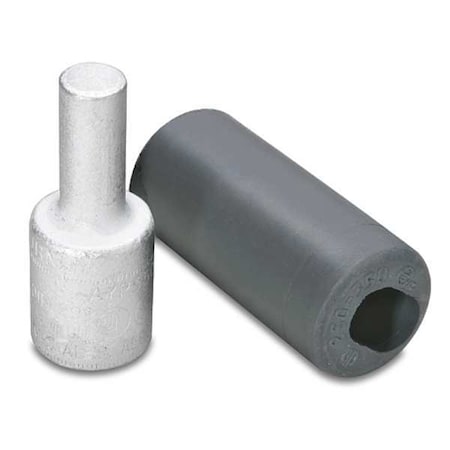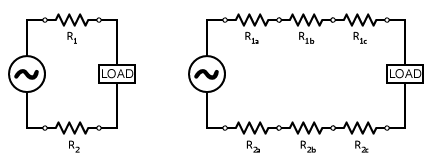3brothers
Member
- Location
- Chicago, IL
I have a 96A load at 480V that is 1500' away from the source. I can increase the cable size to 4/0 which will reduce the VD to 3.225%.
But then the equipment on both the line side and the load side cannot accept any cable larger than a #1 or possibly a 1/0.
If I reduce the size of the cable at the beginning of the run and the end of the run, for instance use an in-line-splice reducer from #4/0 to #1 for the first and last 12" of cable, will this effect my voltage drop calculations?
Or will it still be at 3.225%?
But then the equipment on both the line side and the load side cannot accept any cable larger than a #1 or possibly a 1/0.
If I reduce the size of the cable at the beginning of the run and the end of the run, for instance use an in-line-splice reducer from #4/0 to #1 for the first and last 12" of cable, will this effect my voltage drop calculations?
Or will it still be at 3.225%?


